Remote controlled (RC) cars provide hours of entertainment for hobbyists of all ages. These miniature vehicles allow you to experience the thrill of racing from the comfort of your own driveway or park. While professional RC racers can pull off amazing stunts and speeds, just about anyone can learn to drive and control a basic RC car.
In this beginner’s guide, we’ll cover everything you need to know to start your RC car hobby. You’ll learn key terminology and components that make these vehicles run. We’ll provide tips on choosing your first car and proper preparations to extend its lifespan. Step-by-step instructions will teach you basic driving techniques from your radio transmitter. You’ll also learn maintenance best practices from battery charging to replacing worn parts.
Whether you ultimately want to race competitively or just bash around for fun, this guide aims to give you the confidence and knowledge to safely control your first RC car. You’ll be surprised at how quickly your skills progress. So let’s get started exploring the fast-paced world of RC vehicles!
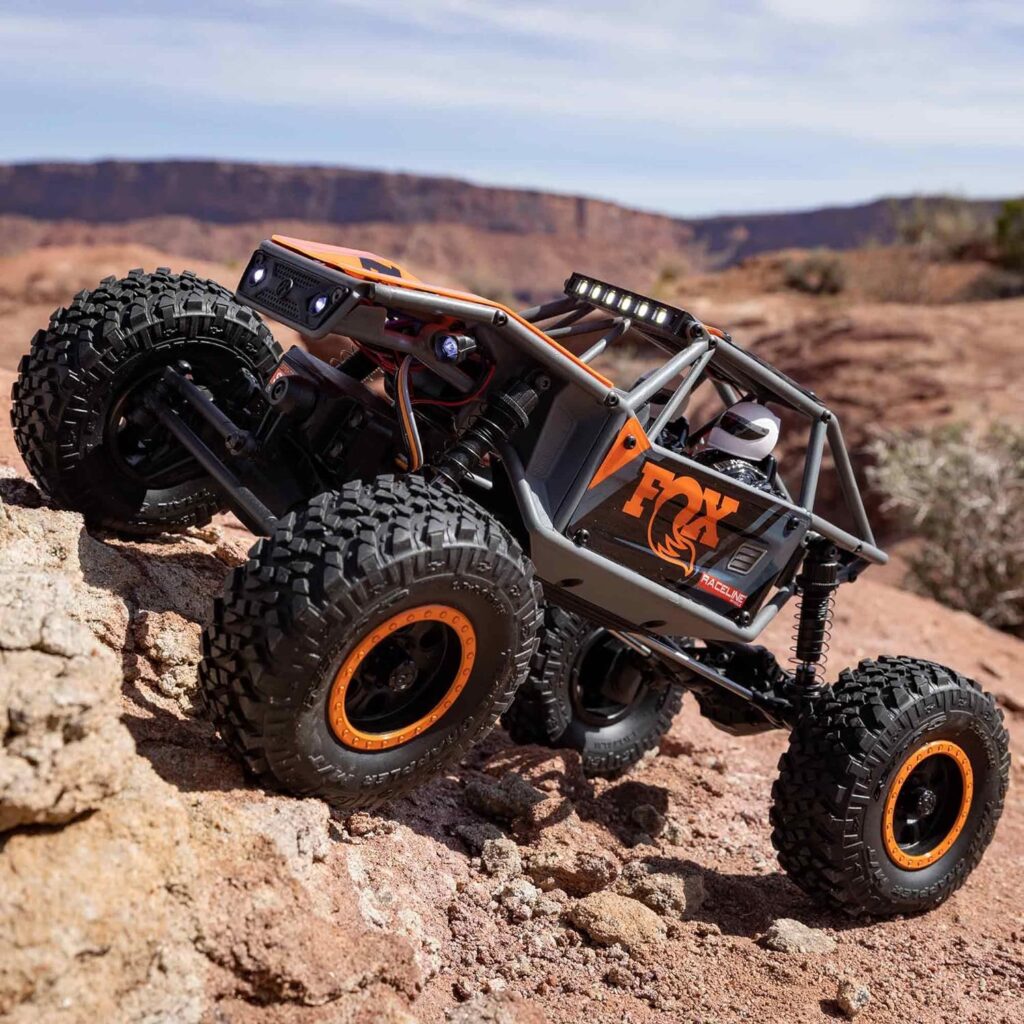
Introduction
1. Definition of RC car
An RC (remote control) car is a miniature vehicle that can be steered and controlled with a handheld transmitter. The transmitter sends radio signals to a receiver inside the car, which then relays the commands to actuate the steering and drive the motor. This allows you to maneuver the RC car by manipulating the joysticks on the transmitter.
2. Main components of an RC car
- Chassis – The frame of the car. Usually made of plastic or metal. Holds all the parts together.
- Body – The shell or exterior covering of the car. Made to look like a real car.
- Wheels & Tires – Wheels attach to the axles and spin. Tires provide traction and cushioning.
- Motor – Electric motor powers the drivetrain to make the wheels spin.
- Battery – Rechargeable battery provides power to the motor and electronics.
- Steering Servo – Controls the steering side to side.
- Controller – Handheld unit with joysticks to control steering, throttle, and braking.
- Receiver – Gets signals from controller and relays them to servo and motor.
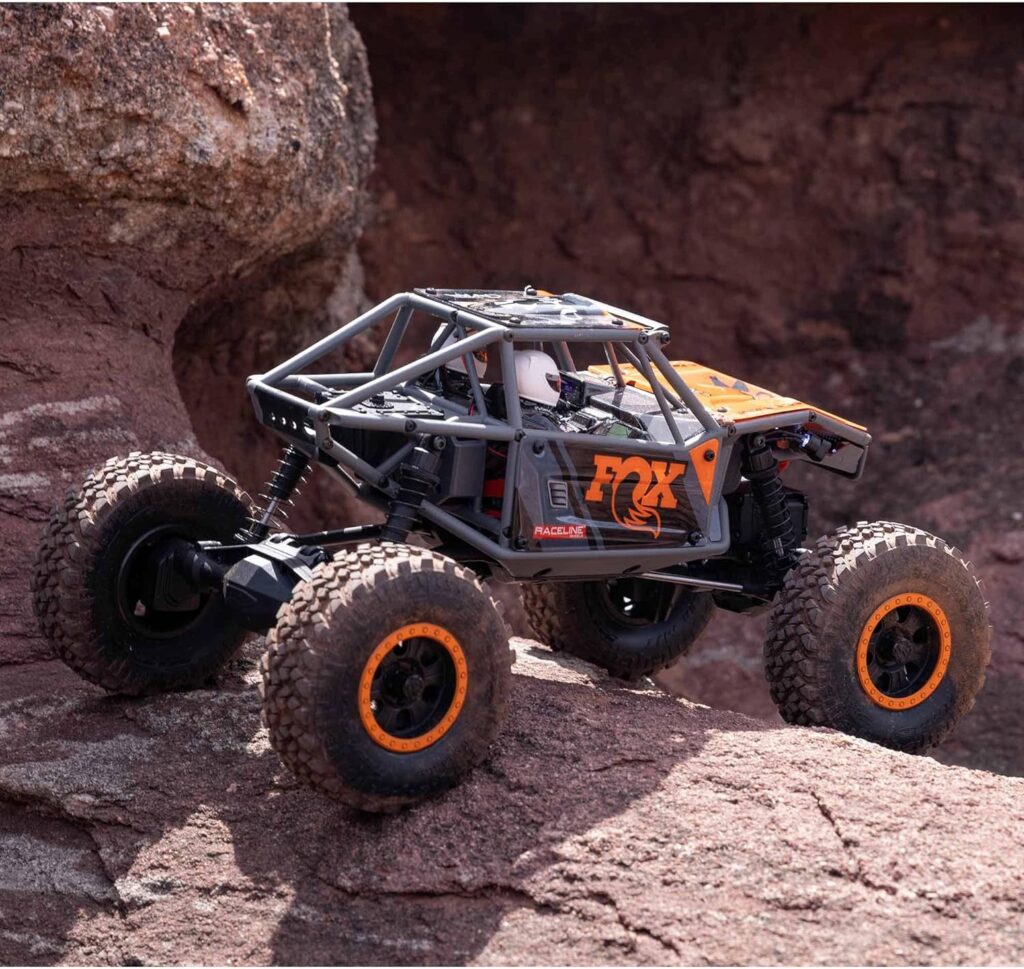
Preparations
1. Buying an RC car
The first step is deciding which type of RC car to purchase. Consider factors like age, skill level, and budget to select the right option. RC cars come in different scales, with 1/10 size being common for beginners. They are large enough to handle easily but not too big. Determine if you want a ready-to-run model that comes fully assembled or a kit that you build yourself for more of a challenge. Research different vehicles online and read reviews before purchasing. Consider visiting a hobby shop for advice and to see options in person.
List of the Best RC Cars for Beginners
2. Charging the RC car battery
RC cars run on rechargeable batteries, so charging it fully before the first use is crucial. The included charger plugs into the wall and connects to the battery. Follow the directions for proper charging time, which may take 1-3 hours depending on battery size and whether it is fully depleted. The initial charge may also take longer. While charging, place the battery on a fireproof surface like concrete and avoid leaving it unattended. Improper charging can damage the battery or cause overheating. Be careful when handling batteries as they contain toxic chemicals if opened.
3. Inspecting the RC car
Before driving the RC car, inspect all components to ensure proper operation. Check that the wheels and tires are tightened in place and scan for cracks or damage. Rotate the front wheels to confirm the steering servo moves smoothly and has free range of motion side to side. Turn on the transmitter and test that the motor responds crisply to throttle inputs. Visually inspect that no wires are loose or disconnected from the battery or receiver. Verify the battery fits snugly into its compartment and latches securely. Look over the chassis and body for cracks or other external damage that may have occurred during shipping and handling. Making these inspections helps identify any issues to address before having fun driving the car.
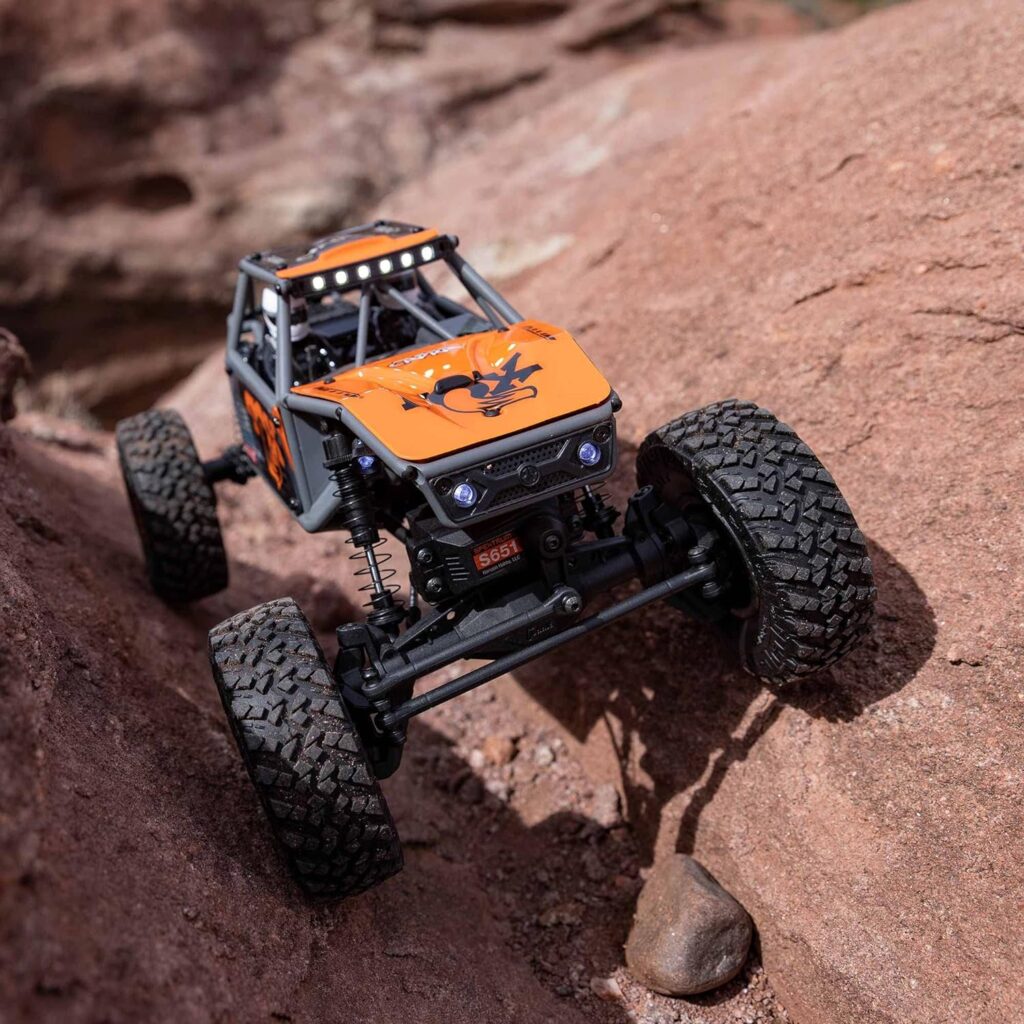
Driving the RC Car
1. Turn on the controller
The transmitter or controller is the unit held in your hands to operate the RC car remotely. Find the small toggle or button to switch on the controller power. When turned on, LED indicator lights will illuminate to confirm the controller is active. The lights may also flash when transmitting signals. Ensure batteries in the controller are charged so it does not lose power.
2. Turn on the RC car
With the controller now on, switch on the power for the RC car itself. There is a small toggle or button on the car’s battery compartment that controls the main power. When flipped on, you may hear sounds or see lights that indicate the car electronics are getting power. The car will not respond to the transmitter until the onboard power is turned on.
3. Control the RC car with joysticks
The controller has two joysticks that send signals to make the car move. The left stick controls speed and throttle. Pushing it forward accelerates, while pulling back slows down or reverses. The right stick moves side to side to steer the front wheels. Carefully maneuver both sticks to drive the RC car forwards, backwards, left, and right. Starting slowly helps get a feel for how the controls respond.
4. Adjust steering and throttle
Take time to fine-tune the steering and throttle for smooth control. Small trim dials on the controller allow precise adjustment of the center point for the steering and idle speed of the throttle. Turn the dials incrementally to tweak the controls before driving more ambitiously. Proper adjustment helps compensate for any variability in components. Focus on making coordinated turns and quick acceleration.
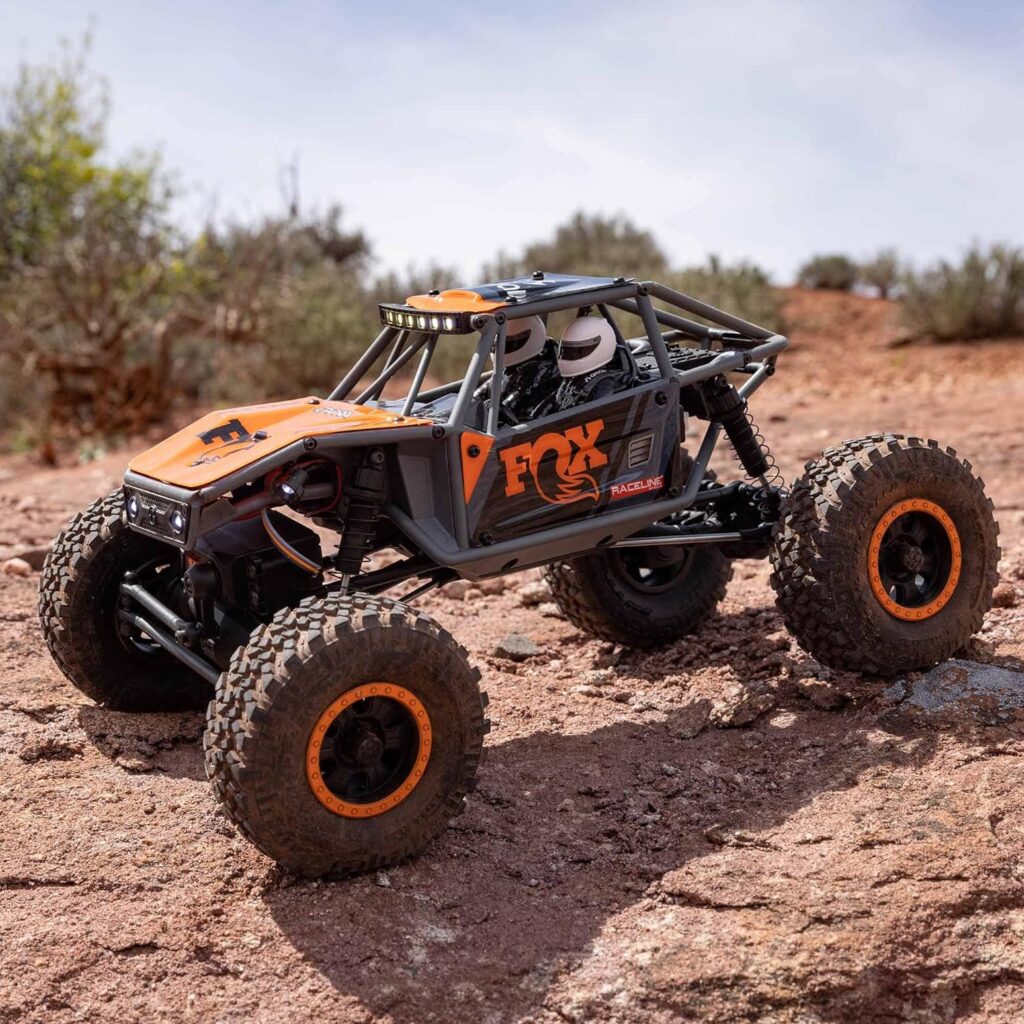
Driving Techniques
1. Steering control
It takes practice to steer smoothly and make controlled turns. Turn the wheels gradually to prevent spinning out. Use small movements of the steering joystick for minor adjustments. For wide turns, first steer in the opposite direction to initiate oversteer, then catch it with countersteering. Time the steering so all 4 wheels stay on the ground. Avoid sharp steering at high speeds to retain control. Manage oversteer and understeer by easing off the throttle.
2. Working the throttle and speed
The throttle joystick controls acceleration and braking. Apply throttle smoothly for quick response without spinning tires. ease off to glide to maintain speed momentum. For quick bursts, press full throttle then back off. Lower speed allows greater control in tricky areas. Braking requires releasing the joystick to roll to a stop. Sudden braking can cause skidding. Reverse throttling while in motion pivots the car rather than fully reversing. Manage the throttle delicately for optimal speed.
3. Stopping and turning off
When finished driving, steer to a clear open area before stopping. Release the throttle to roll to a gradual stop. Turn the wheels straight ahead and return all controls to neutral position. Switch off power on the car first, then turn off the handheld transmitter. Allow car components to cool before handling. Check for debris caught on chassis or wheels. Safely disconnect and remove the battery for recharging. Power down properly to avoid damage.
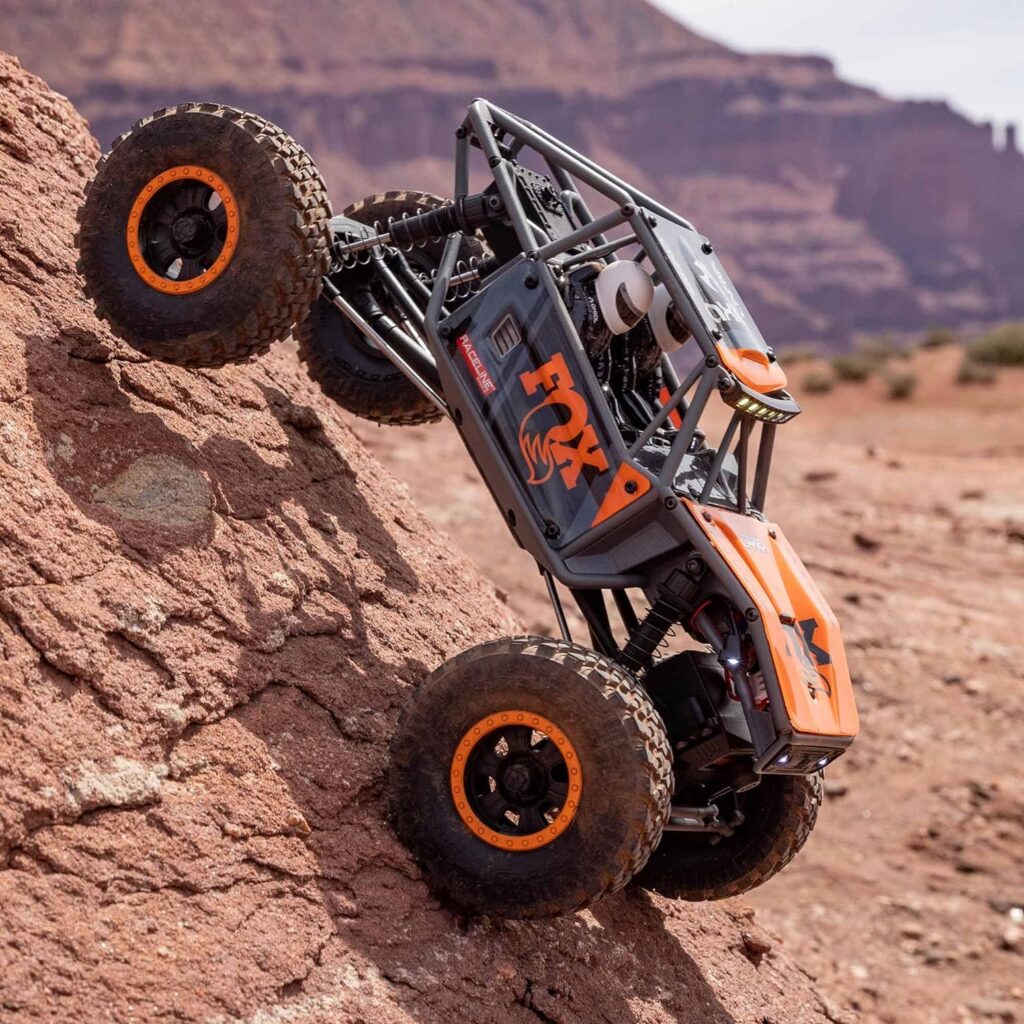
Maintenance
1. Battery charging tips
Proper battery maintenance is key to RC car longevity. Fully recharge after each use, as deep discharges damage batteries. Use the included charger and follow manufacturer charging guidelines. Overnight slow charges are best for battery health rather than quick charges. Allow cooling before charging a hot battery. Check charge levels before each run. Replace aging batteries that won’t hold full charges. Store batteries at room temperature and away from moisture when not in use.
2. Changing wheels and spare parts
With wear and tear, you may need to replace components like wheels, tires, and gears. Keep included hex wrenches handy for disassembling parts. Check manuals for help accessing components. Swap in new wheels or tires when the tread wears thin. Replace stripped gears in the drivetrain to restore power. Check screws and connectors often for tightness. Keep spare parts, grease, tools, and extra batteries on hand for repairs.
3. Cleaning the body
To maintain the RC car’s appearance, periodically clean the outer shell and chassis. Use a soft brush to dislodge dirt and dust. Clean wheels and tires with soap and water. Avoid spraying down bearings and electronics. Wipe exterior plastic and metal with a damp cloth, avoiding scratching the body. Check for tears or cracks needing repair. Apply protective decals or car wax to restore shine. Keep the chassis clear of debris that can interfere with movement.
Final Thoughts
RC cars provide an exciting introduction to the hobby of radio controlled vehicles. With proper preparations and by following basic driving techniques, even beginners can quickly learn to control these mini racers. Start slow and practice regularly to hone your skills over various surfaces. Adhere to maintenance tips to keep your car running smoothly.
As you gain experience, try new maneuvers like jumps and use realistic accessories to customize your car. Advance to higher speeds and scale models like 4WD vehicles. Consider joining a local RC racing club to take the hobby to the next level. The world of RC cars has much to offer. This beginner’s guide covers the fundamentals to get you off to a great start. With careful practice, you’ll be racing around like a pro.
Enjoyed this Beginners’ Guide of Driving and Controlling an RC Car? Then be sure to check out our other guides.




